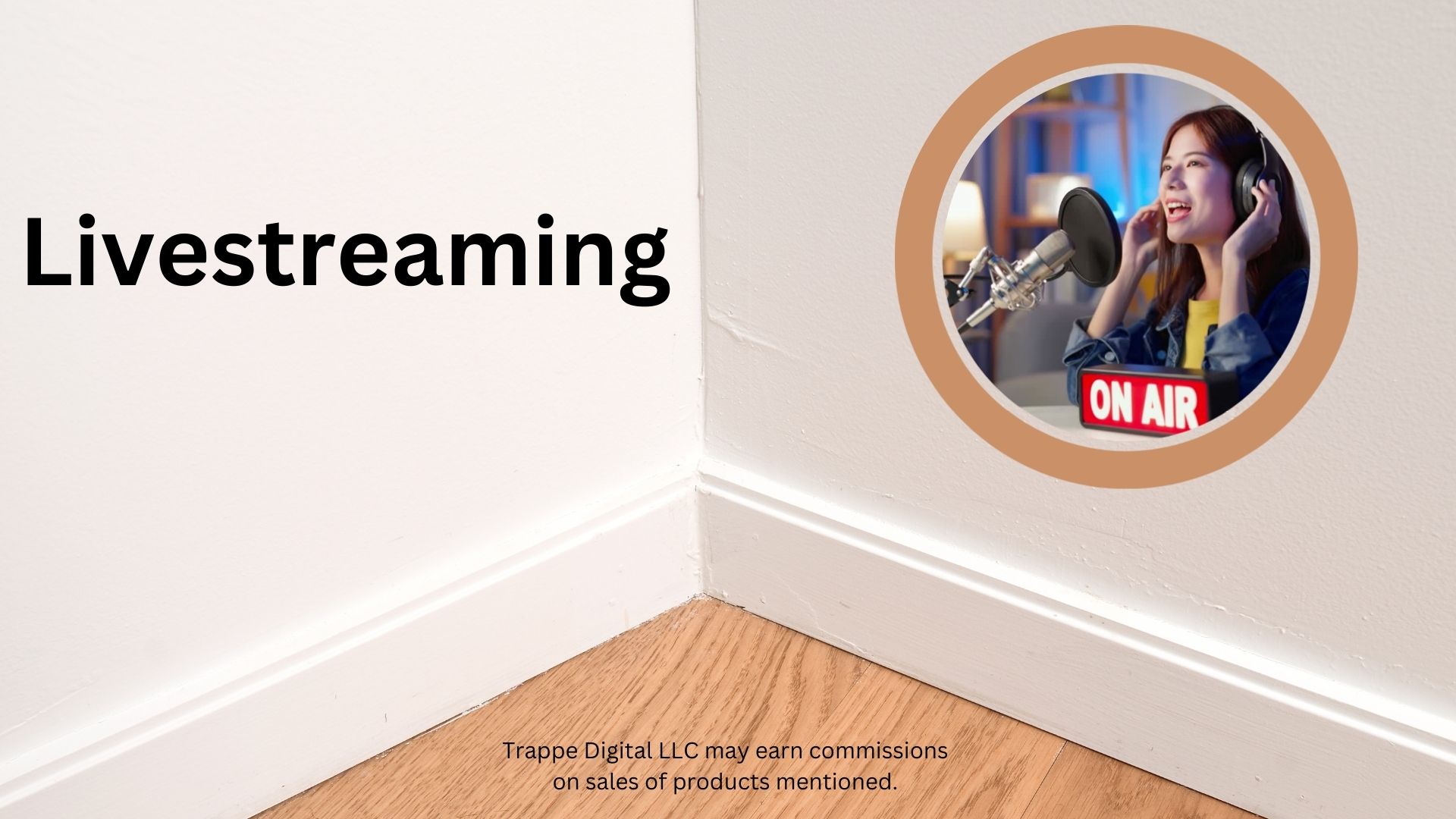Trappe Digital LLC may earn commission from product clicks and purchases. Rest assured, opinions are mine or of the article’s author.
The ease and power of doing a remote livestream have probably never been better. Improvements in 5G and 5GUW are making streaming from anywhere easier. So do the right software platforms and other equipment. And that’s the case for anyone. Livestreaming has been democratized – as long as you have the right tools and can get an internet connection.
This article discusses how I run my remote livestream, what equipment I use, and more.
Article sections
What is a remote livestream?
Equipment for remote livestreams
What is a remote livestream?
A remote livestream is a stream that does not originate from our home or typical studio. Instead, we have to pack up our stuff and go to the location of the livestream. In my case, most of my remote streams are currently me livestreaming my daughters’ softball games. I used to do livestreams from conferences as well.
The most significant advantages of livestreams are:
- People anywhere can watch
- The video is already online, and people can watch the replay—no need to upload anything later.
Read next: Am I live? How to make sure your livestream works
Equipment for remote livestreams
The setup of the livestream will dictate what equipment you’ll need. I’ll share a mix here of what I use for softball games and what you might need for interviews – similar to the style of The Business Storytelling Show.
The streaming device
Something has to capture the footage. The options seem to be endless of what you can use here and include:
It all depends on what you are trying to accomplish, the setup of what you are trying to livestream, and also your budget. I’ve done 360 videos before, and they are fun, but the cameras also come at a cost. On the flip side, I already have an iPhone with me and can also use my iPad.
Read next: The best camera to live stream youth sports
The connection
All the equipment in the world won’t do any good if the connection is horrible. One option is to use a nearby WiFi network. However, I typically don’t have much luck with that. It’s either slow or overloaded, or there’s some other problem.
A variety of prepaid, pay-as-you-go and cellphone provider hotspots are also available. You carry around a small device that you can turn on or off when you need data for your laptop, 360 camera, or iPad.
Many iPhone plans also include hotspot options, so you can just run the device without a data connection off the iPhone. That’s what I usually do. Consider getting a data plan for your iPad if you use that as your streaming device.
The setup
You’ll want to make sure you are comfortable during the stream. That typically includes using some kind of tripod. Without a tripod for mobile devices, you’ll end up holding the device the whole time, which becomes cumbersome.
For softball games, I also use waterproof pouches for the iPhone, so I can stream even if it rains.
Microphones are also crucial for conversations. I would recommend some kind of wired or wireless lavalier mic.
Perhaps the most essential piece to making several remote livestreams in a day work is to have charging packs.
I carry three of these packs with me and usually use them all during a weekend of softball games.
Remote livestreams certainly offer an opportunity. We can now stream things anywhere – as long as we can get on the internet. That allows us to do interviews on-site and wherever the action is. And being able to stream youth sports is also great for those watching at home and for players to be able to play the livestream back later.
But, there’s some planning involved. And without some equipment, it’s almost impossible to pull off long term. So, with that in mind, the charging packs may potentially be the most essential piece of equipment. After all, we can’t go live for any amount of time if our devices are out of juice.



